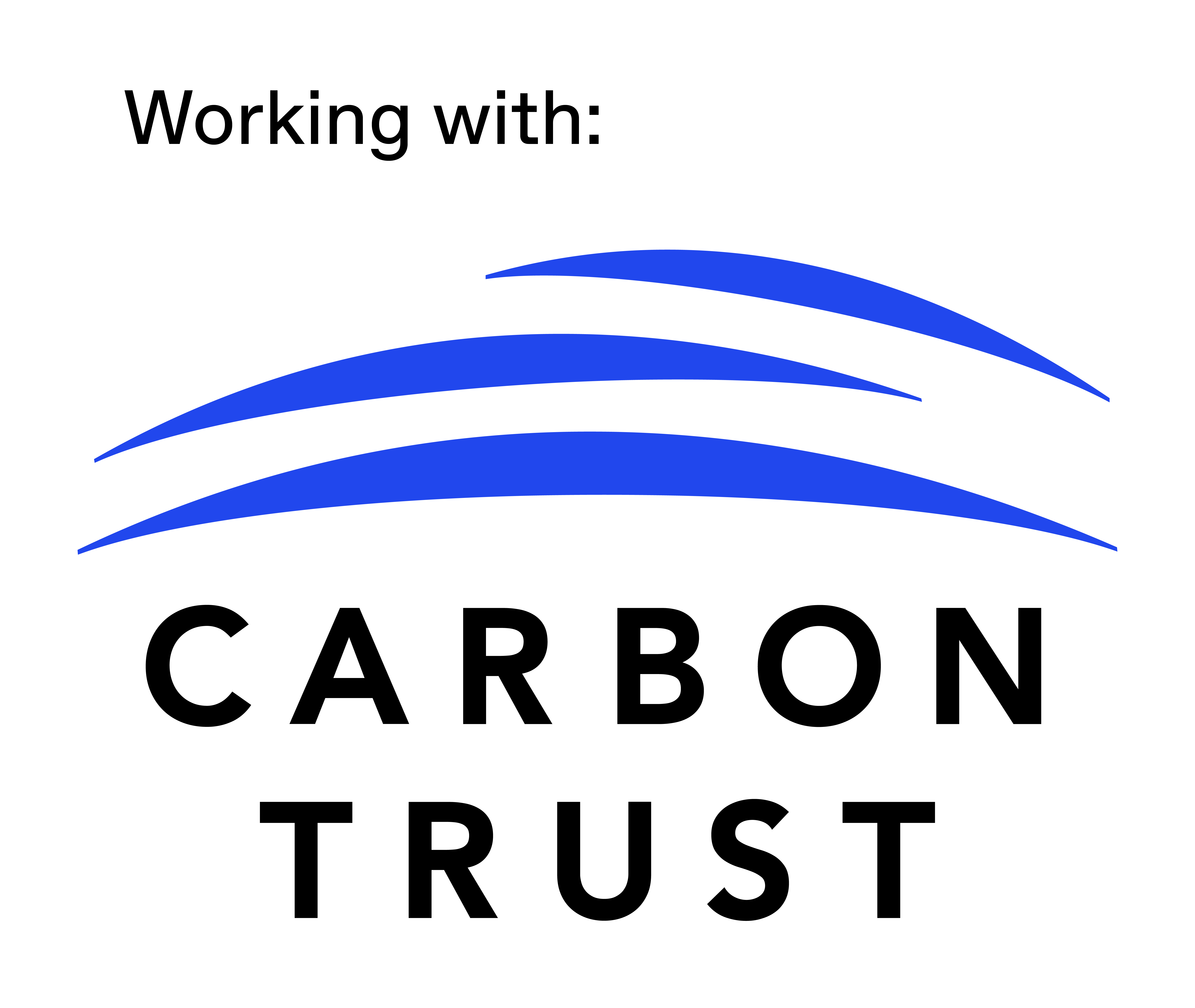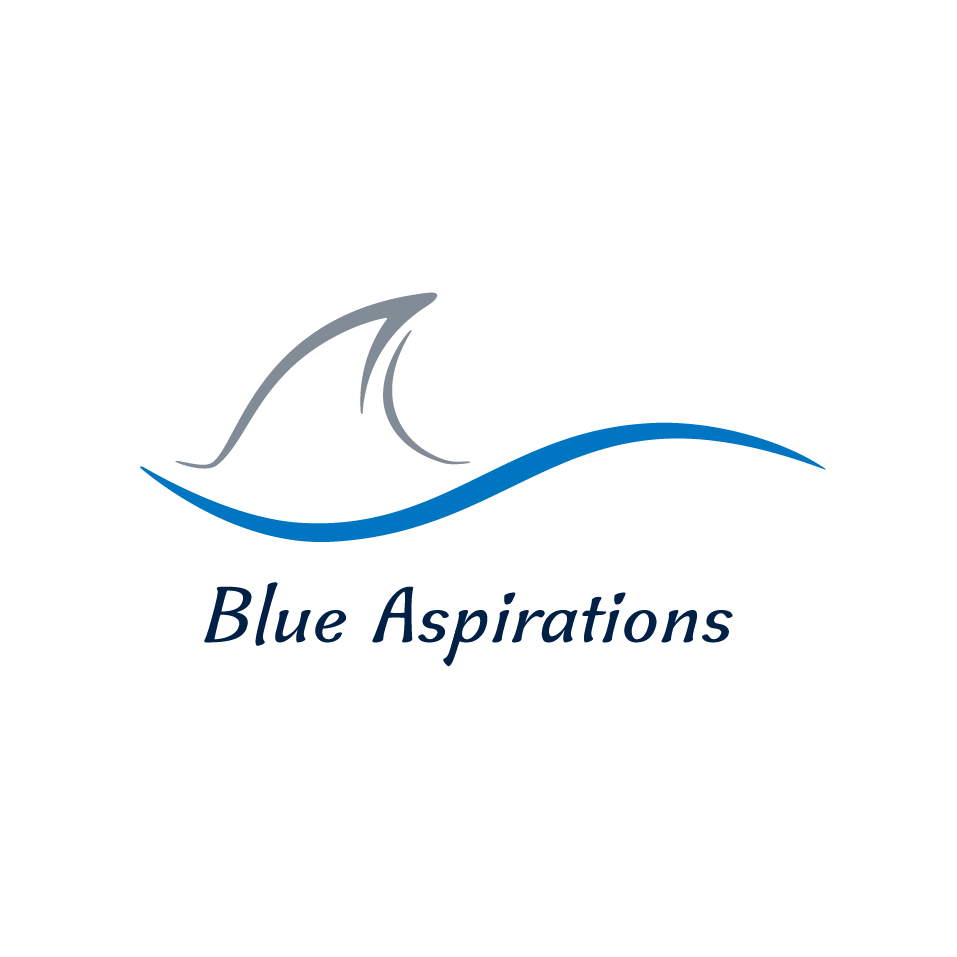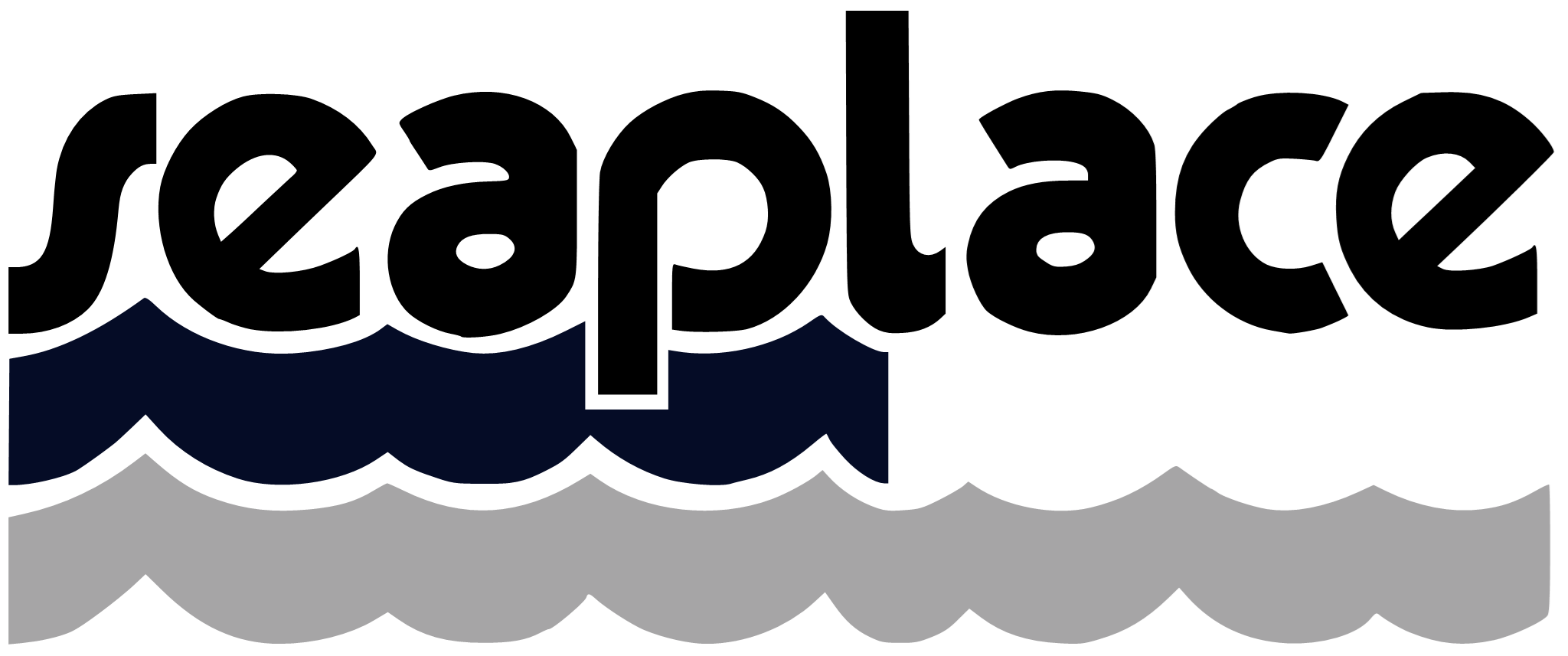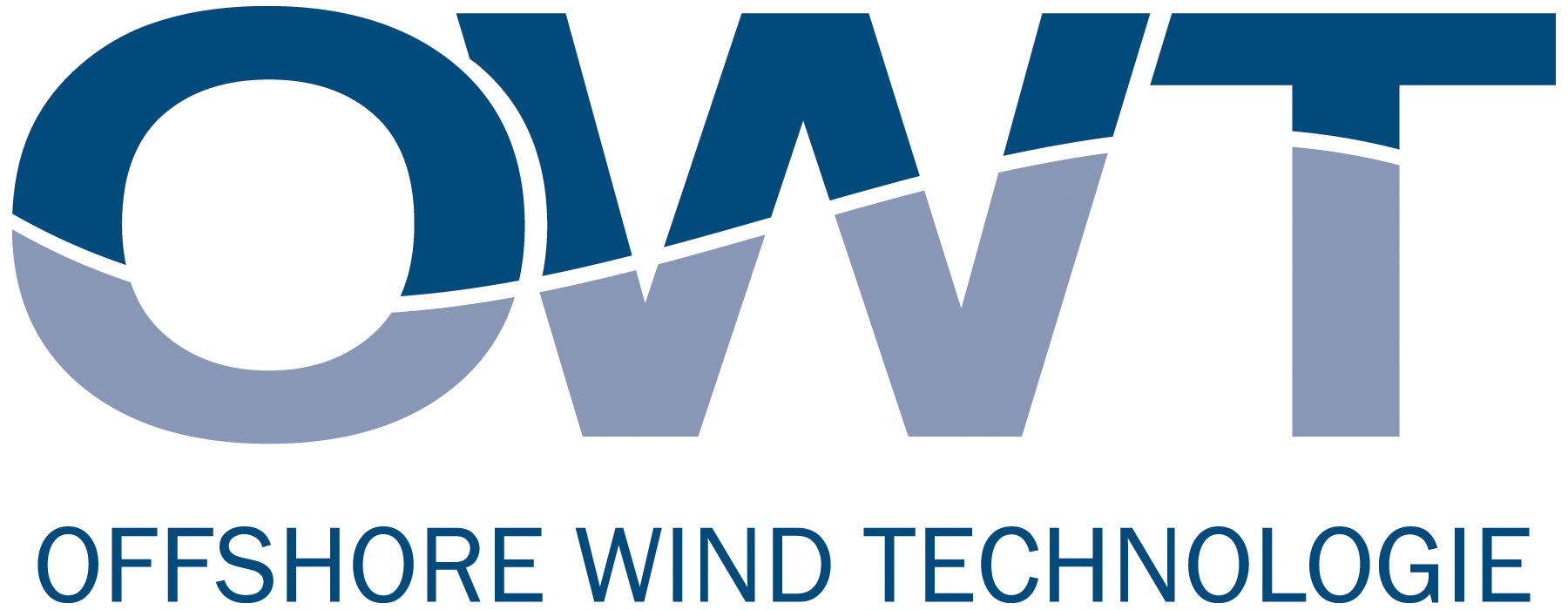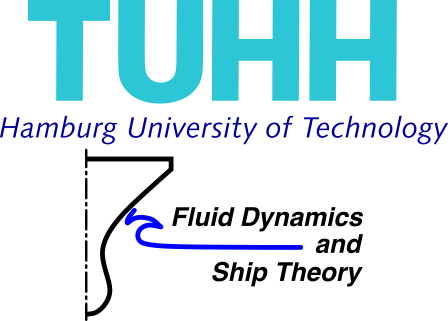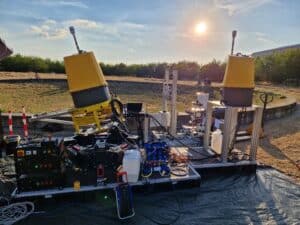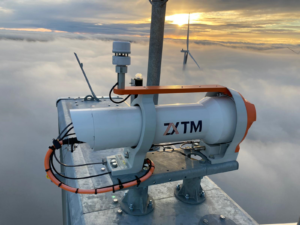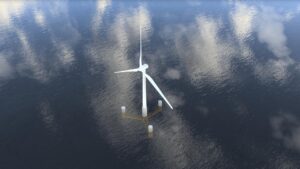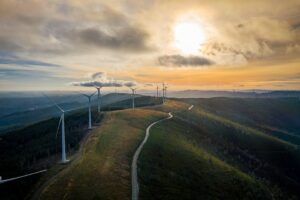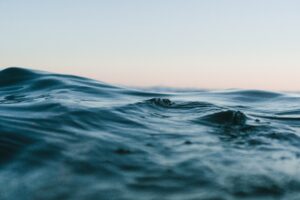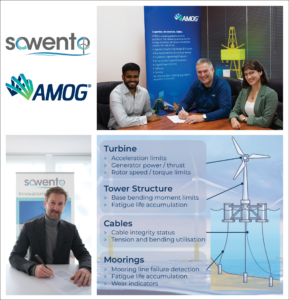SLOW (Simplified Low-Order Wind turbine) is a software specifically developed for conceptual, (pre-)FEED numerical design purposes of Floating Offshore Wind Turbines.
SLOW is proven and validated: Developed since 2012 in collaboration with University of Stuttgart
- SLOW is the fastest Integrated Loads Analysis software on the market (1hr simulation in 3sec on standard PC)
- SLOW offers low and mid-fidelity physical effects
- SLOW includes comprehensive analysis: Global RAOs, frequency analysis (3p resonance), stability assessment
- SLOW comes with proven FOWT ILA pre-and postprocessing tools according to IEC/DNV standards
- SLOW allows advanced integrated design and controls co-design applications
- In-house SLOW license and support with yearly server-based license, including initial workshop and tutorials
Why SLOW?
Unique solution
We have introduced SLOW to provide a unique software to the market dedicated to early-stage design and streamlined integrated optimization.
Computational efficiency
SLOW is made with a main target of computational efficiency and order reduction. Thus, we enable Systems Engineering approaches already in early design stages.
Specific focus on the applications
We make it possible to run fatigue and controller studies already within feasibility studies by removing all but the necessary physical effects from the coupled model.
Unconventional designs (weathervaning, multi-rotor, etc.) can be easily modeled using our Flexible Multibody System framework.
The straightforward linearization feature, including aerodynamics, allows an efficient calculation of any Response Amplitude Operator (RAO), as well as linear model-based controller design.
Step by step
Pre-FEED FOWT design for ULS and FLS
One-click solution of critical Design Load Cases within a few hours of:
- Tower
- Mooring lines
Structural loads across the hull using time-domain Finite-Element modeling
Platform watch circle
Aero-Hydro-Servo-Elastic Response Amplitude Operator (RAO)
Annual Energy Production (AEP)
Extensive sensitivity studies and design optimization
Preset modeling fidelity for efficient execution of each individual design stage.
Automated report generation
Tracking of design-KPIs throughout a project
Controller design
Real-time digital twin
Online simulation, fed by sensor data for load prediction and uncertainty estimate
State-observer calculating the best estimate of loads, merging sensor and model information; Accurate data source for fatigue and Condition Monitoring [3]
Usage
- SLOW can be run in batch-mode and parallelized for highly efficient simulations. A straightforward self-explanatory input file uses general conventions of offshore wind turbine.
- User guide: Manual with easy-to-use tutorials
- Controller: Bladed-style Dynamic Link Library (DLL)
- Batch runs: Easy parallelization by user due to portable executable without installation (MS Windows)
- Postprocessing: Files readable by PyDatView
- Structural design: Output signals for
- Hydrostatic design (trim in operation/idling)
- Mooring design (fairlead tensions, watch circle)
- Tower design (tower-base section loads)
- Controller design (rotor speed, generator torque, blade pitch angle, el. power, shaft loads)
References and Track Record
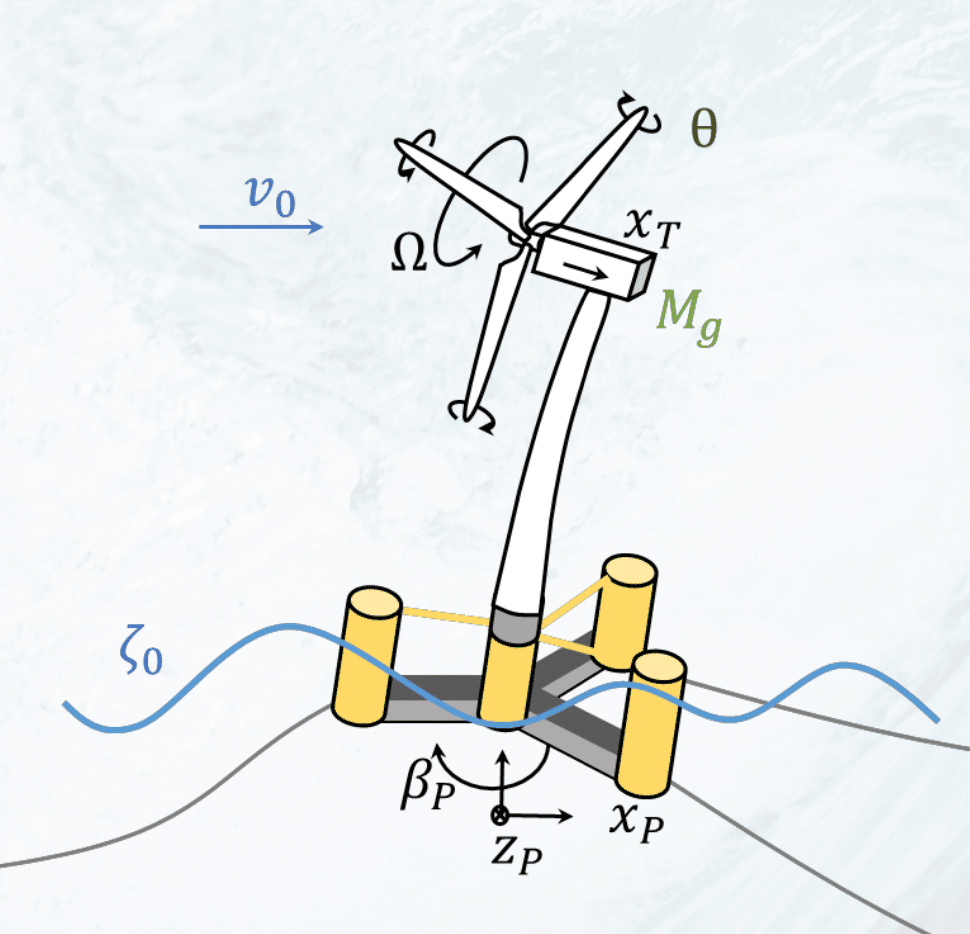
- SLOW has been used in numerous FOWT design and controller design projects
- SLOW has been extensively compared against OpenFAST, i.e. [1]
- SLOW has been validated against two scaled experiments [2,3]
📅 2016
- 10MW Concrete TripleSpar
- 10MW Nautilus semi-sub
📅 2020
- Weathervaning concept with guy wires
- 3.2MW BW Ideol concrete barge (within the VAMOS project)
- 5MW semi-sub (OC6 Robertson et al., 2020). Investigating the under-prediction of low-frequency hydrodynamic loads and responses of a floating wind turbine.
📅 2021
- 10MW OlavOlsen concrete semi-sub
- 8MW Seawind concrete semi-sub
- 10MW concrete spar
- 10MW Class-NK concrete semi-sub
📅 2022
- 15MW VolturnUS Lemmer et al., 2022. A unified control framework for floating wind combining the superior state-of-the-art approaches.
📅 2023
- Various single-point mooring weathervaning FOWTs
- Dual-rotor weathervaning (Hexicon Twinhub)
- 12MW Flotant semi-submersible
- 15MW semi-submersible for sensitivity studies and design screening
📅 2024
- 15MW concrete weathervaning (Trivane)
- 22MW semi-submersible
[1] Lemmer, F., Yu, W., Luhmann, B., Schlipf, D., & Cheng, P. W. (2020). Multibody modeling for concept-level floating offshore wind turbine design. Multibody System Dynamics, 49(2), 203–236. https://doi.org/10.1007/s11044-020-09729-x
[2] Lemmer, F., Yu, W., Cheng, P. W., Pegalajar-Jurado, A., Borg, M., Mikkelsen, R., & Bredmose, H. (2018). The TripleSpar campaign: Validation of a reduced-order simulation model for floating wind turbines. Proceedings of the ASME 37th International Conference on Ocean, Offshore and Arctic Engineering. https://doi.org/10.1115/OMAE2018-78119
[3] Lemmer, F., Lehmann, K., Raach, S., Al, M., Skandali, D., Schlipf, D., … Cheng, P. W. (2021). Assessment of a state-feedback controller and observer in a Floating Wind scaled experiment. Proceedings of the Wind Energy Science Conference. https://doi.org/10.5281/zenodo.5004916
[4] Lemmer, F., Yu, W., Schlipf, D., & Cheng, P. W. (2020). Robust gain scheduling baseline controller for floating offshore wind turbines. Wind Energy, 23(1). https://doi.org/10.1002/we.2408
[5] Lemmer, F., Schlipf, D., & Cheng, P. W. (2016). Control design methods for floating wind turbines for optimal disturbance rejection. Journal of Physics: Conference Series, 753. https://doi.org/10.18419/opus-8906
[6] Schlipf, D., Lemmer, F., & Raach, S. (2020). Multi-variable feedforward control for floating wind turbines using lidar. Proceedings of the 18th International Offshore and Polar Engineering Conference. https://doi.org/10.18419/opus-11067
[7] Schlipf, D., Sandner, F., Raach, S., Matha, D., & Cheng, P. W. (2013). Nonlinear model predictive control of floating wind turbines. Proceedings of the 23rd International Ocean and Polar Engineering Conference, 440–447. https://doi.org/10.18419/opus-3908
